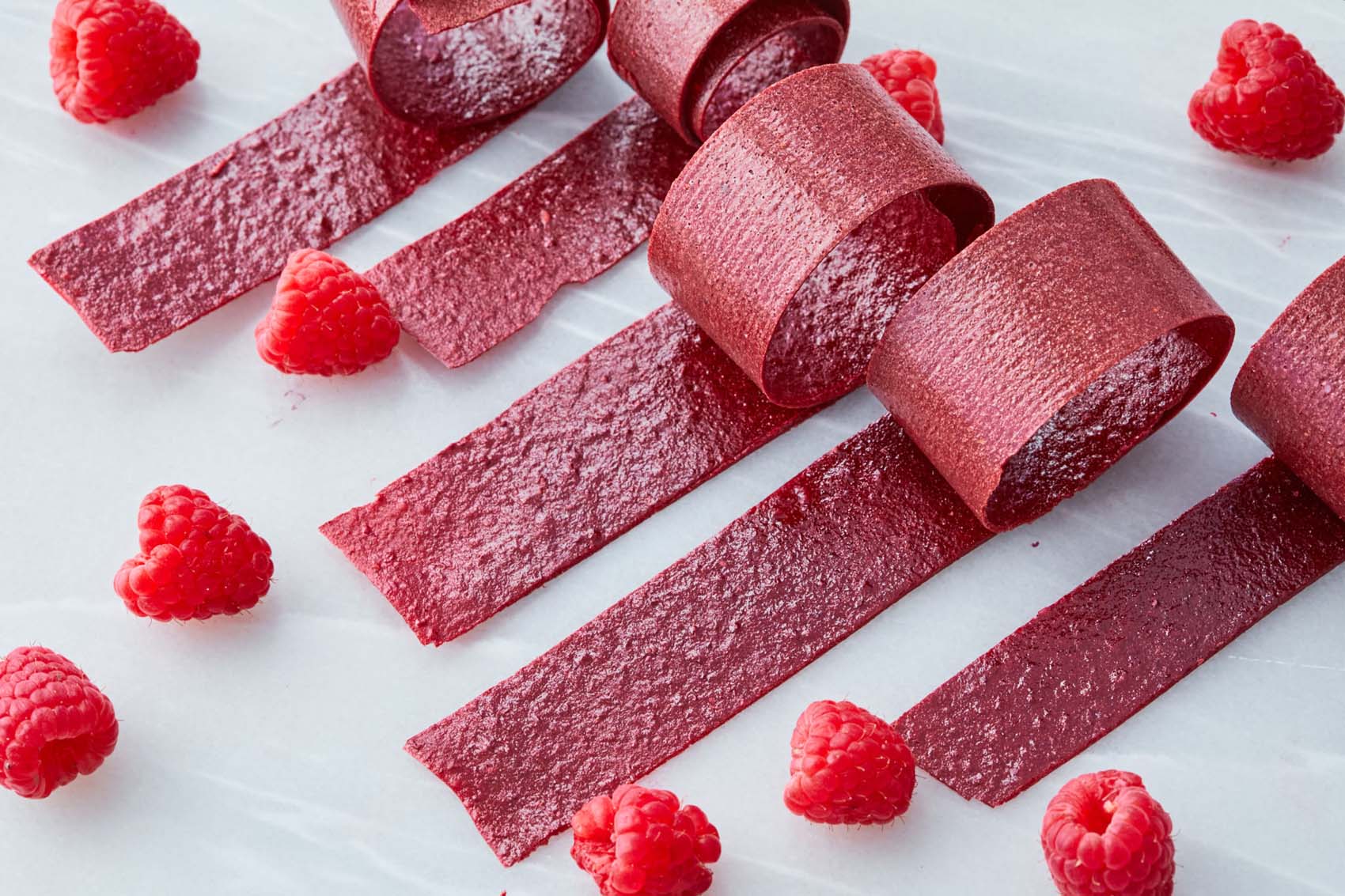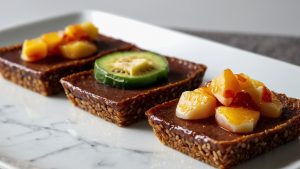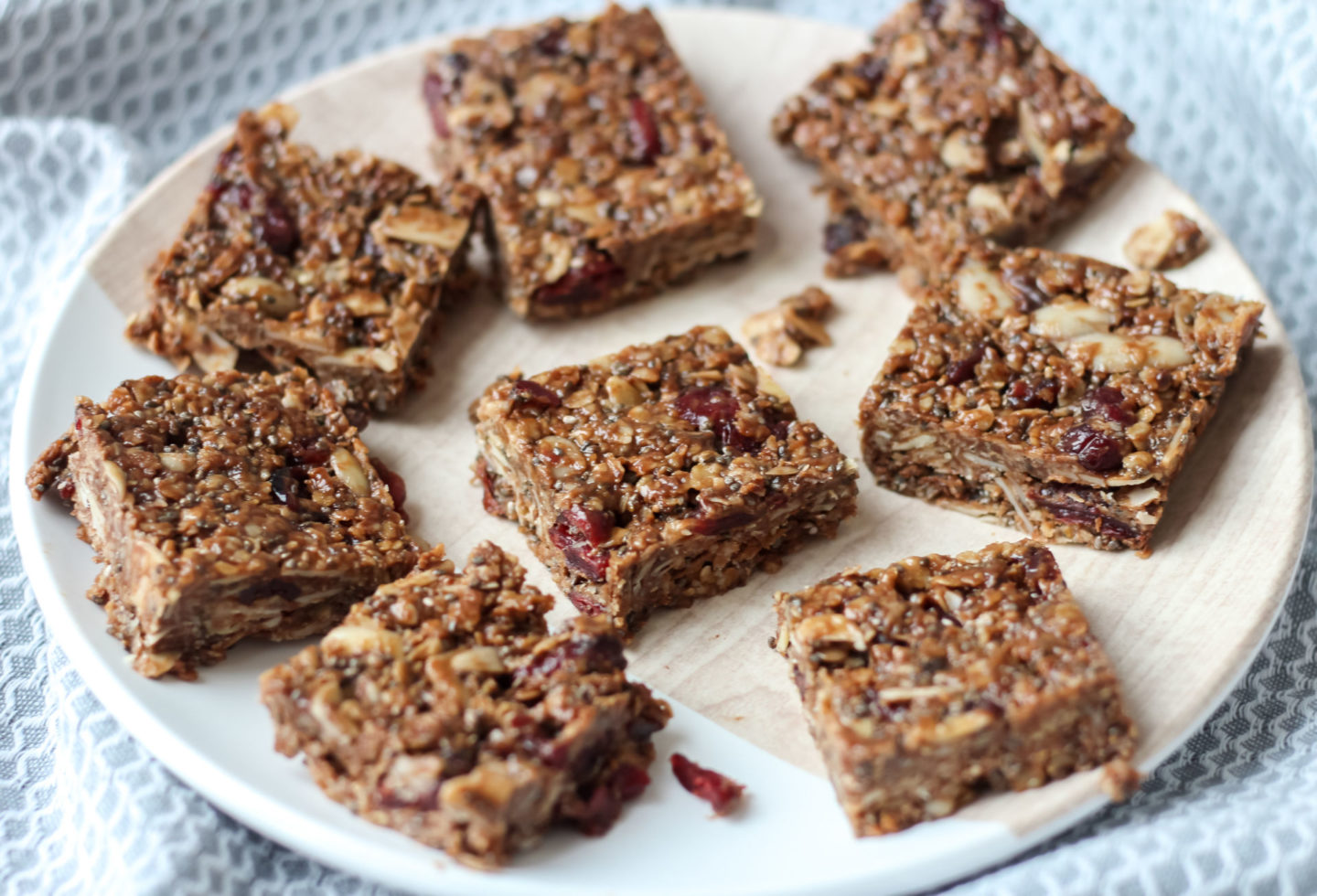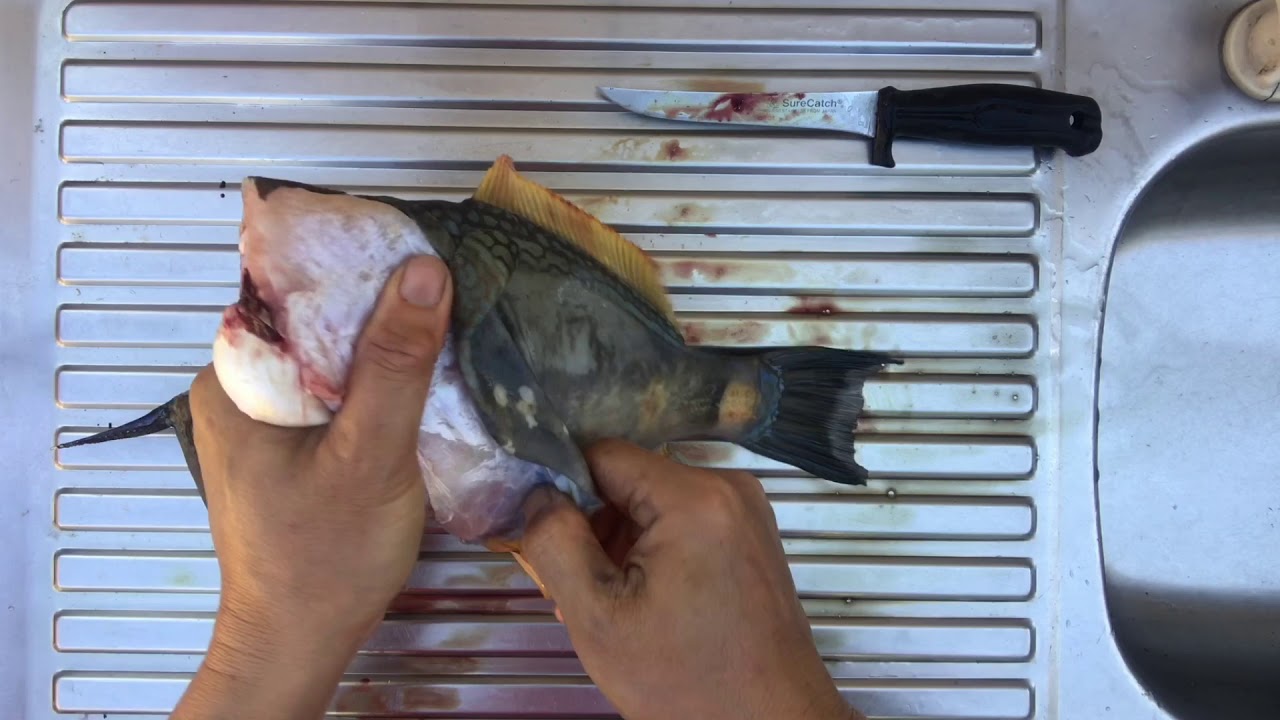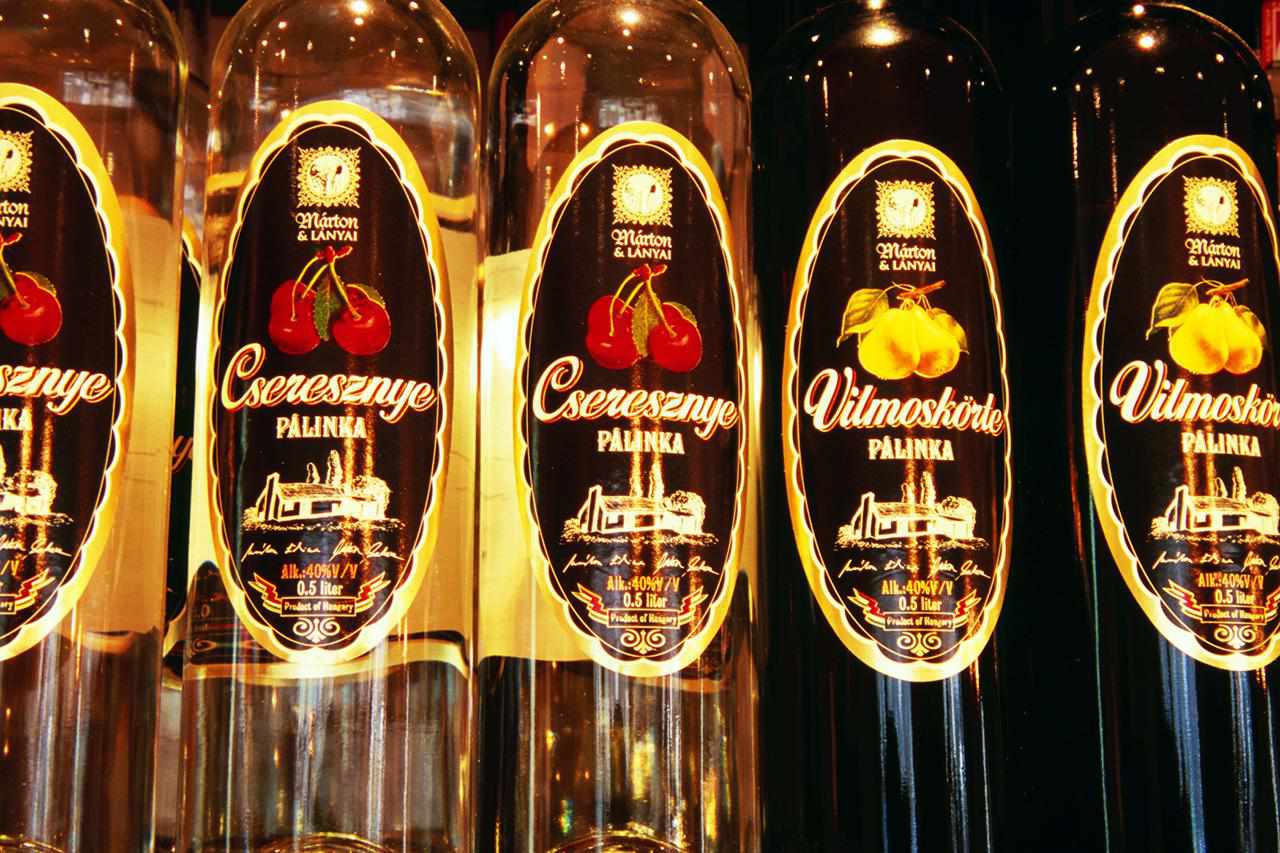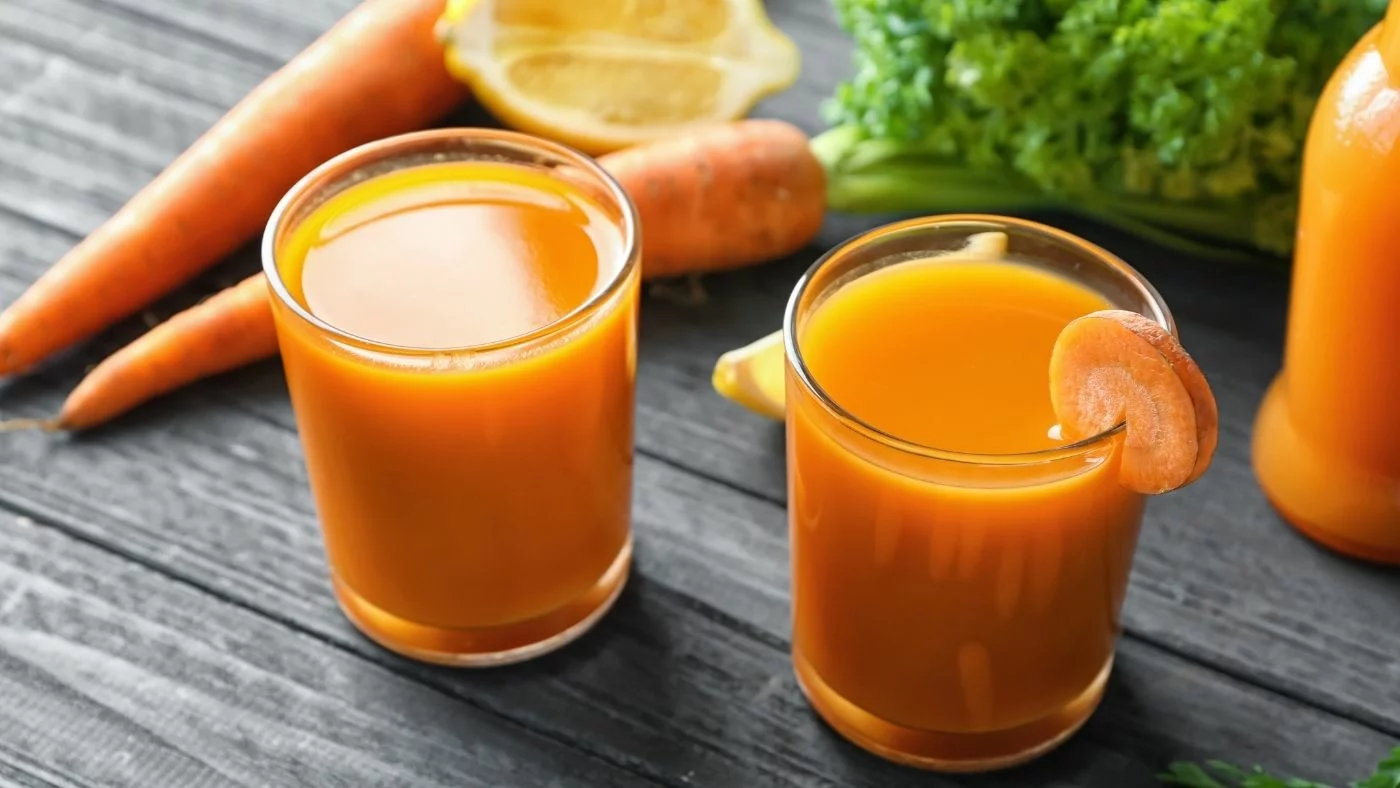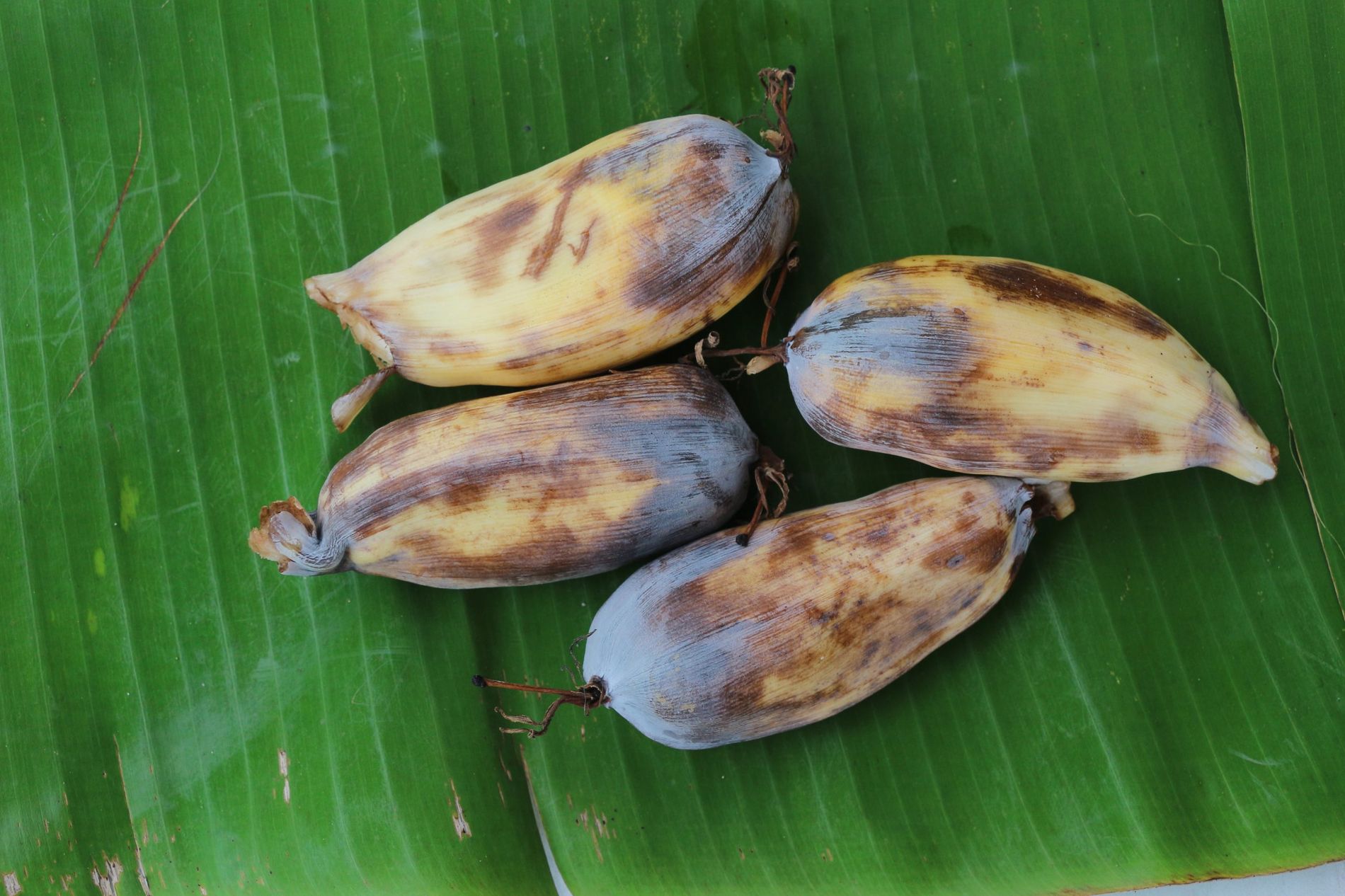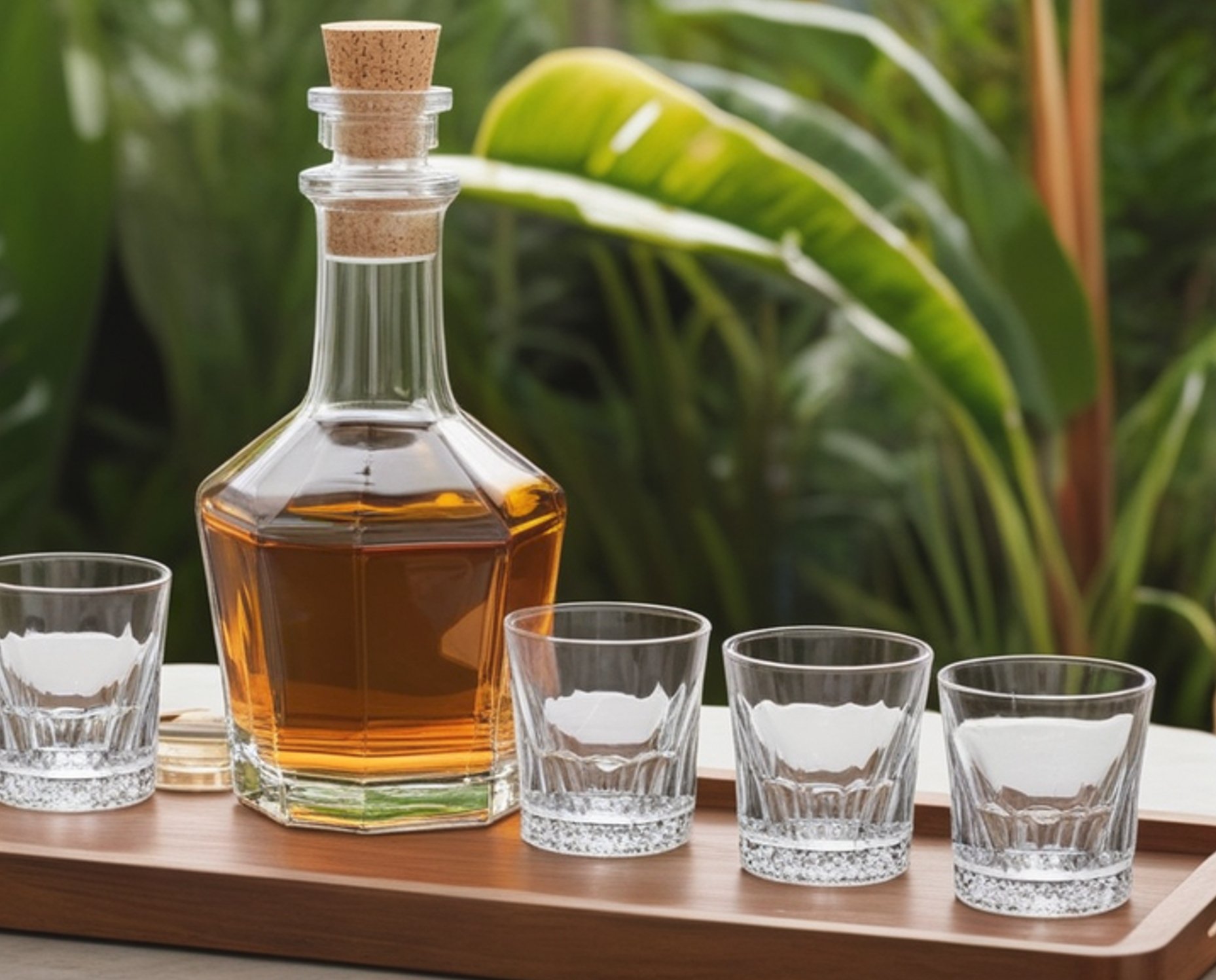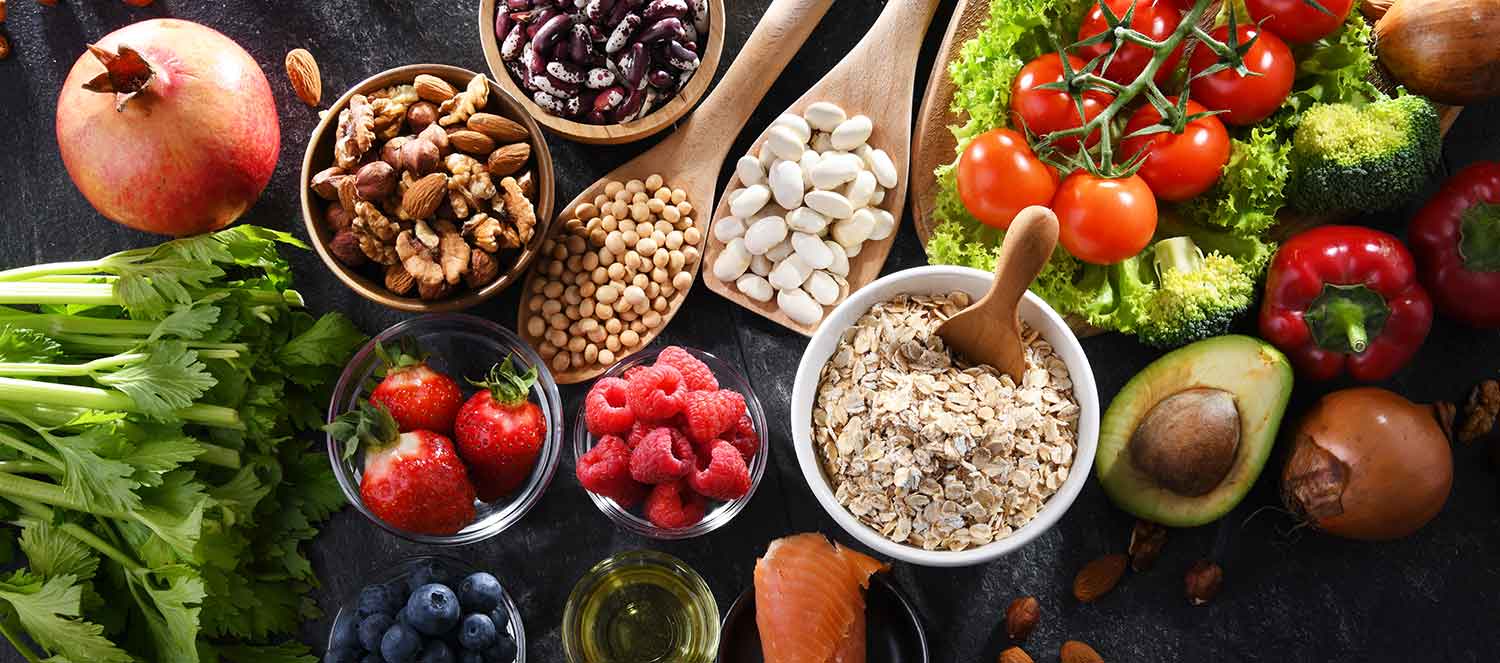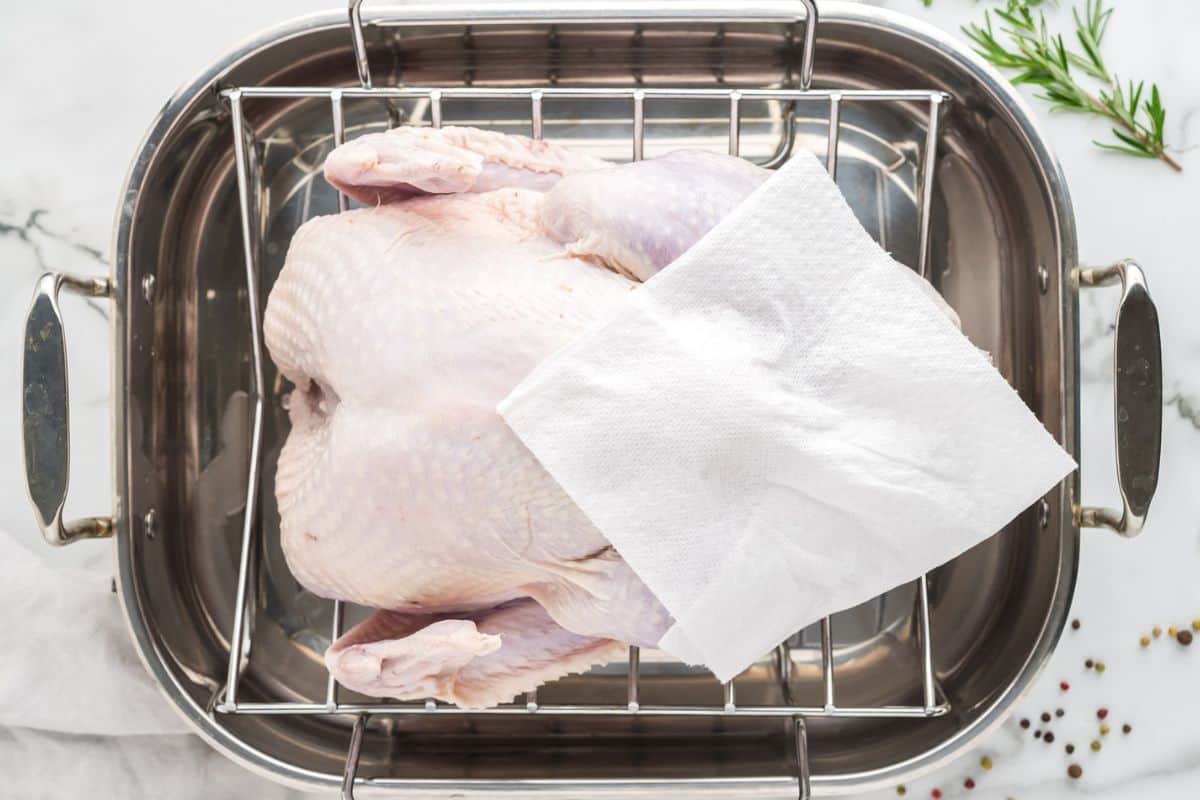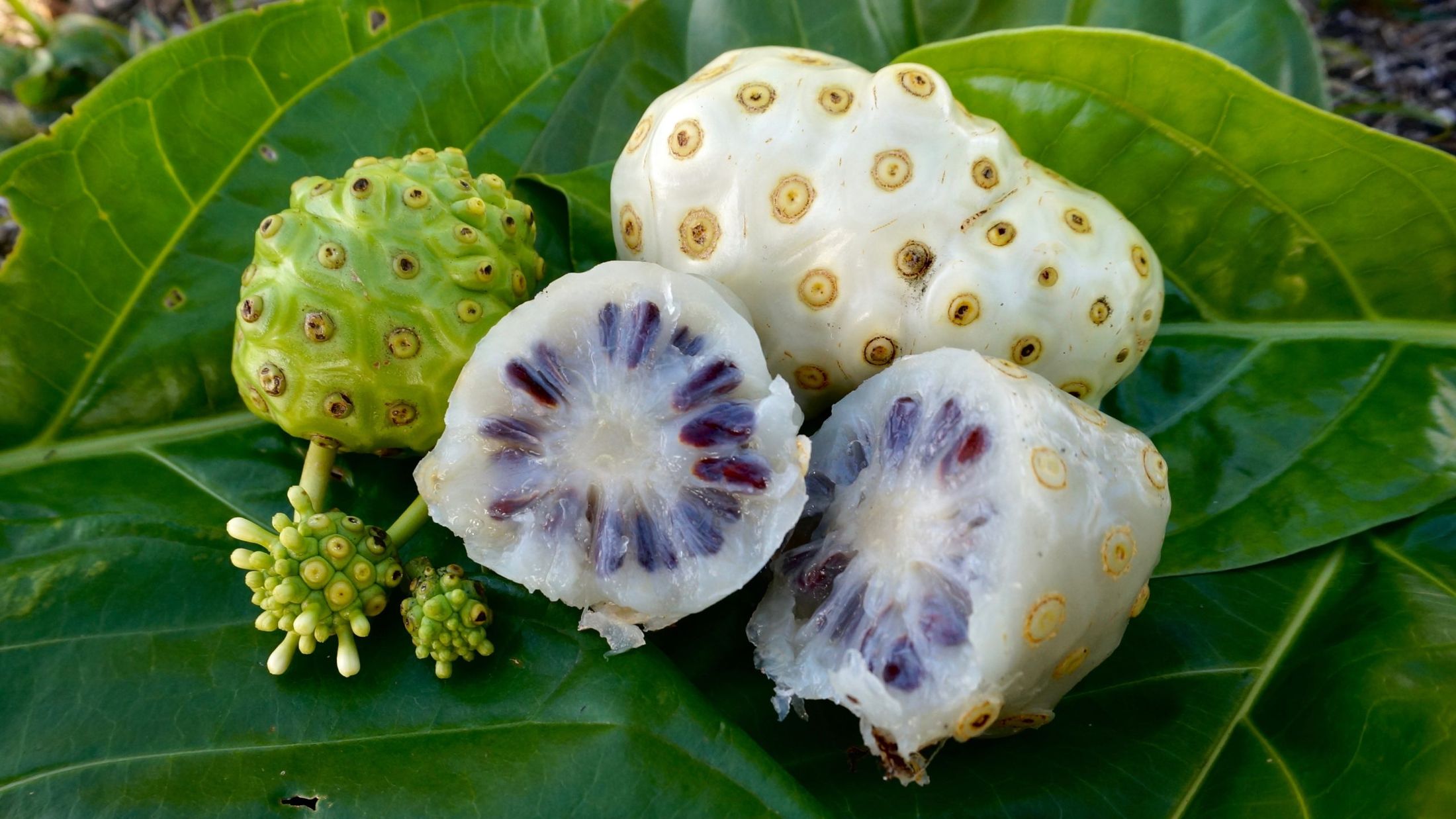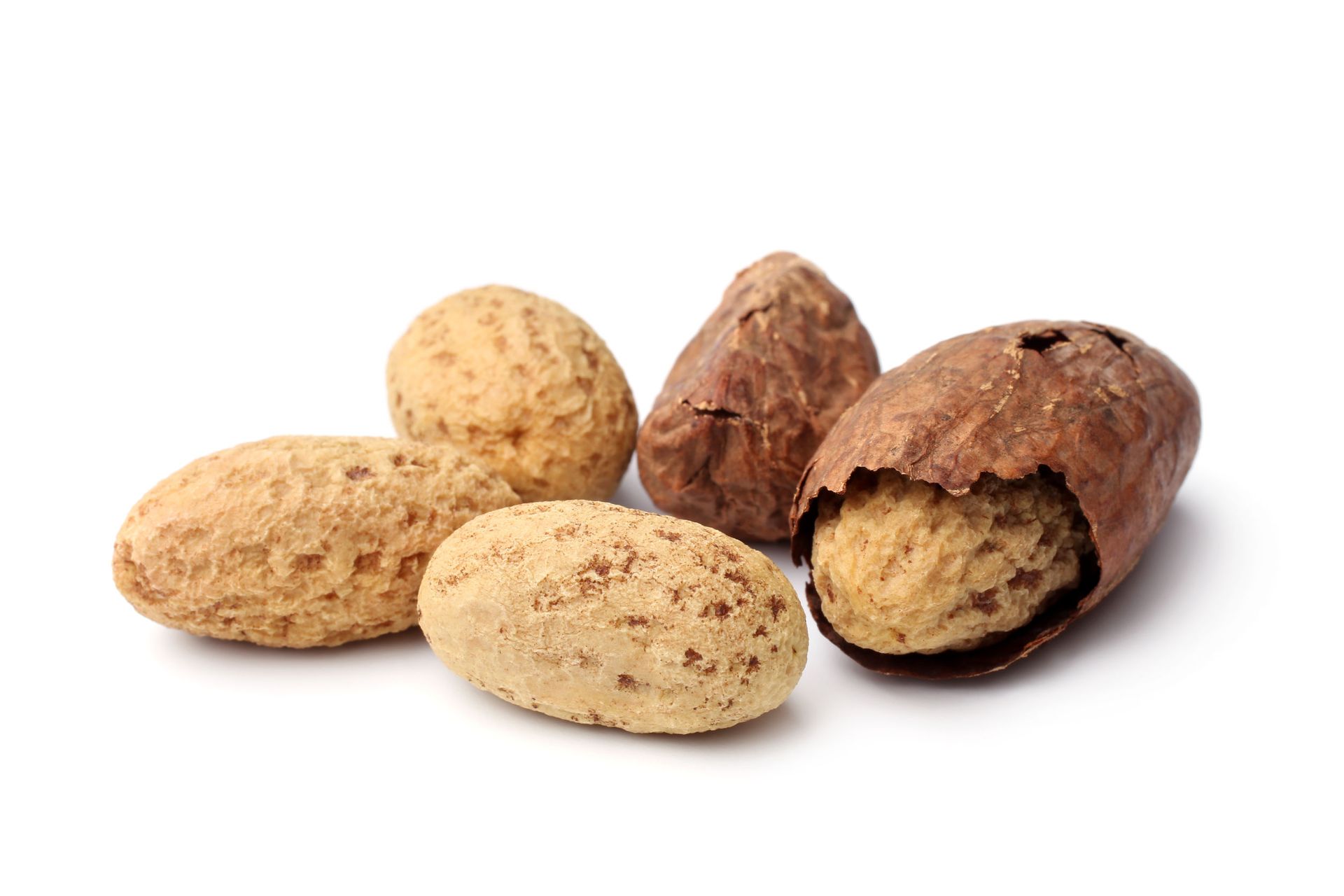Fruit leather, a chewy and sweet snack, has been enjoyed for generations. Made by drying pureed fruit, this treat is both delicious and nutritious. Traditional methods of making fruit leather involve simple ingredients and techniques passed down through families. These methods often use sun drying or low-temperature ovens to preserve the fruit's natural flavors. By exploring these time-honored techniques, you can create your own homemade fruit leather, free from artificial additives. Whether using apples, berries, or tropical fruits, the process is straightforward and rewarding. Let's dive into the world of traditional fruit leather making.
Gather Your Ingredients for Traditional Fruit Leather
Ingredients Needed:
- 4 cups fresh fruit (strawberries, apples, peaches, or any preferred fruit)
- 1/2 cup water
- 1/4 cup honey or sugar (optional, adjust to taste)
- 1 tablespoon lemon juice
Essential Tools for Making Traditional Fruit Leather
-
Blender or Food Processor
- For pureeing fruits into a smooth consistency.
-
Fine Mesh Strainer or Cheesecloth
- Helps to remove any seeds or skin for a smoother fruit leather.
-
Large Baking Sheet
- Acts as the base for spreading out the fruit puree.
-
Parchment Paper or Silicone Baking Mat
- Prevents sticking and allows for easy removal of the fruit leather once dried.
-
Oven or Dehydrator
- Essential for the slow drying process that turns puree into leather.
-
Rubber Spatula
- Aids in spreading the fruit puree evenly across the baking sheet.
-
Sharp Knife or Pizza Cutter
- For cutting the finished fruit leather into strips or shapes.
-
Airtight Containers or Ziplock Bags
- Perfect for storing the fruit leather, keeping it fresh.
Dry fruit puree on parchment in a low oven or dehydrator. Roll up once dry. Store in airtight containers for a tasty, natural snack.
The Importance of Traditional Fruit Leather Making
Traditional fruit leather making preserves seasonal fruits for year-round enjoyment. This method captures the natural flavors without added preservatives. It's a healthy snack option, rich in vitamins and fiber. Making fruit leather at home allows for customization of flavors and ensures quality control over ingredients.
Step-by-Step Guide to Traditional Fruit Leather Making
Exploring Traditional Fruit Leather Making Methods
-
Select Your Fruit
- Choose ripe and fresh fruit. Popular choices include apples, berries, peaches, mangoes, and apricots.
-
Wash and Prepare
- Thoroughly wash the fruit to remove any dirt or pesticides.
- Peel and core fruits like apples and peaches. Remove pits or seeds from fruits like cherries and apricots.
-
Puree the Fruit
- Cut the fruit into small pieces.
- Place the pieces in a blender or food processor.
- Blend until you achieve a smooth puree.
-
Sweeten and Flavor (Optional)
- Taste the puree. If it’s too tart, add a small amount of honey, sugar, or agave syrup.
- Add spices like cinnamon or nutmeg for extra flavor.
-
Cook the Puree
- Pour the puree into a saucepan.
- Cook over medium heat, stirring frequently.
- Simmer until the puree thickens and reduces slightly.
-
Prepare the Drying Surface
- Line a baking sheet with parchment paper or a silicone baking mat.
- Lightly grease the surface to prevent sticking.
-
Spread the Puree
- Pour the thickened puree onto the prepared baking sheet.
- Use a spatula to spread it evenly, about 1/8 to 1/4 inch thick.
-
Dry the Puree
- Oven Method: Preheat your oven to its lowest setting (usually around 140-170°F or 60-75°C). Place the baking sheet in the oven and leave the door slightly ajar to allow moisture to escape. Dry for 6-8 hours, checking occasionally.
- Dehydrator Method: Set the dehydrator to 135°F (57°C). Place the tray in the dehydrator and dry for 6-8 hours.
-
Check for Doneness
- The fruit leather is done when it’s no longer sticky to the touch and peels away easily from the parchment paper or silicone mat.
-
Cool and Cut
- Allow the fruit leather to cool completely.
- Use kitchen scissors or a sharp knife to cut it into strips or squares.
-
Roll and Store
- Roll the strips in parchment paper or plastic wrap.
- Store in an airtight container at room temperature for up to one month. For longer storage, keep in the refrigerator or freezer.
Crafting Your Own Fruit Leather
Making fruit leather at home is a fun, rewarding process. You get to control the ingredients, ensuring a healthy snack free from preservatives. Start with fresh, ripe fruit. Puree it, spread it thin on a baking sheet, and dry it out in a low oven or dehydrator. The result? A chewy, flavorful treat that’s perfect for lunchboxes or on-the-go snacking.
Experiment with different fruit combinations and even add spices like cinnamon or nutmeg for a unique twist. Store your homemade fruit leather in an airtight container, and it’ll stay fresh for weeks.
So, next time you’re craving something sweet, skip the store-bought stuff. Make your own fruit leather and enjoy a tasty, nutritious snack that’s made with love. Happy snacking!
Common Questions About Traditional Fruit Leather
What is fruit leather?
Fruit leather is a chewy, dried fruit snack made by pureeing fresh fruit, spreading it thin, then drying it until it becomes leathery. It's a tasty, healthy treat!
Which fruits work best for making fruit leather?
Most fruits can be used, but some popular choices include apples, strawberries, mangoes, peaches, and berries. Mixing different fruits can create unique flavors.
Do I need any special equipment to make fruit leather?
Not really. A blender or food processor for pureeing the fruit, a baking sheet, and parchment paper are the basics. A dehydrator can be handy but isn't necessary.
How long does it take to dry fruit leather?
Drying time varies. In an oven, it can take 4-8 hours at a low temperature (around 140°F). Using a dehydrator might take 6-12 hours. The key is to dry it until it's no longer sticky.
Can I add sweeteners or spices to my fruit leather?
Absolutely! Adding a bit of honey, sugar, or agave can sweeten the leather. Spices like cinnamon or nutmeg can add extra flavor. Just don't overdo it.
How should I store homemade fruit leather?
Once dried, roll the fruit leather in parchment paper and store it in an airtight container. It can last for several weeks at room temperature or longer in the fridge.
Is homemade fruit leather healthier than store-bought?
Yes! Homemade versions usually have fewer preservatives and added sugars. Plus, you control the ingredients, making it a healthier snack option.
